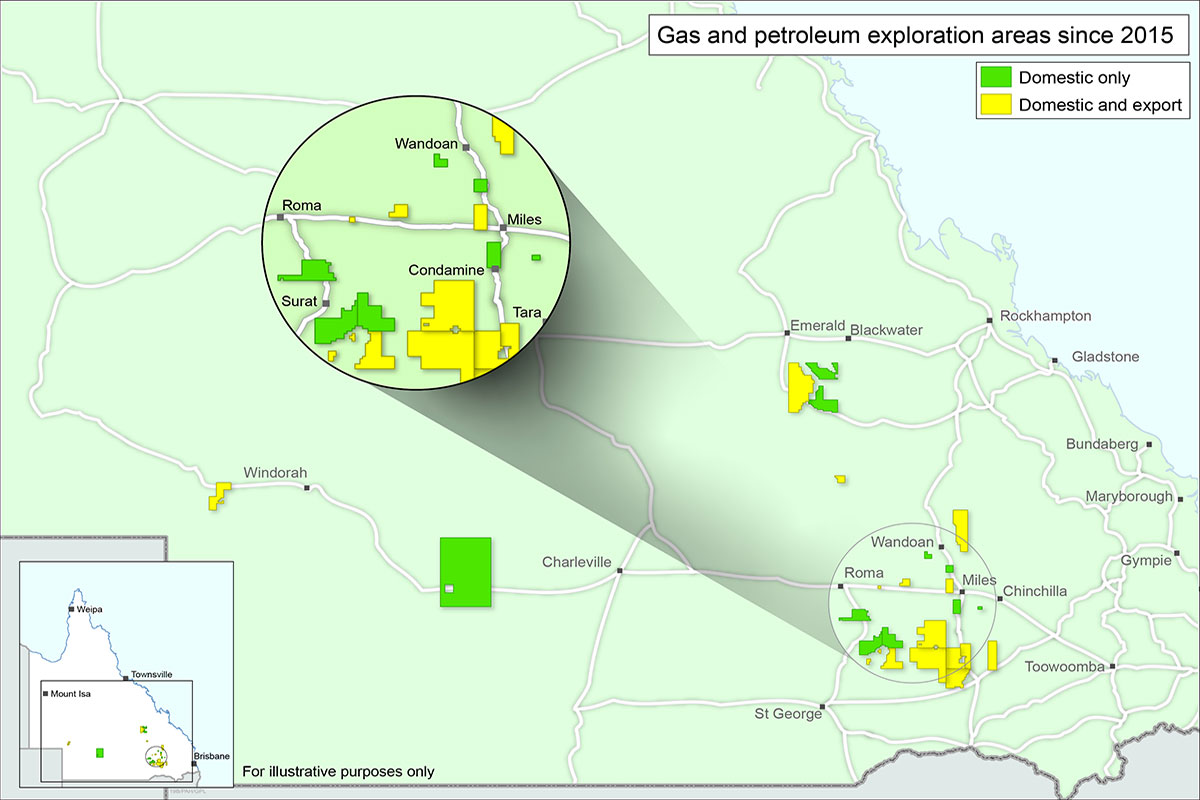Senex and GLNG have agreed a short-term re-direction of around 1 PJ of natural gas from Roma North to the domestic market.
This follows GLNG’s currently lower LNG offtake requirements and material production outperformance at Roma North, Senex said in a market update.
The company said Surat Basin production continues to perform strongly, currently above 34 TJ/day, and upgraded its FY20 guidance from 1.8 – 2.0mmboe to 2.0 – 2.1 mmboe with EBITDA increasing to $45 – 55 million (previously $40 – 50 million).
Part of Roma North gas production will be re-directed to the domestic market and Senex will reduce natural gas supply to GLNG by around 1 PJ over the period June to August 2020 at GLNG’s request, following currently lower LNG offtake requirements at GLNG.
Gas supply security
Senex and GLNG have agreed to re-direct these volumes to the Wallumbilla natural gas supply hub and Senex said it will market this natural gas, together with higher than expected production from Atlas, to east coast gas customers as a part of its supply portfolio.
Natural gas production continues to outperform at both Roma North and Atlas in the Surat Basin, with production now exceeding 34 TJ/day. Given continued production and reservoir outperformance, Senex will further reduce the number of wells to be drilled at Atlas from 50 wells to 45 wells (previously reduced from 60 wells).
Additional wells to maintain plateau production are to be drilled in the next campaign. Senex expects to complete the current drilling campaign in the coming weeks, with final wells to be brought into production during June 2020.
Atlas water infrastructure is also on schedule to commence commissioning and water intake in June, with completion of all works expected in early FY21.

Senex Managing Director and CEO CEO Ian Davies said, “In October 2018, Senex reached the Final Investment Decision for our $400 million capital program in the Surat Basin. Less than two years later, the transformational Roma North and Atlas natural gas development projects have established Senex as an important producer of gas for the east coast market.
“Today, together with our infrastructure partner Jemena, Senex has successfully constructed 56 terajoules a day of gas processing capacity, drilled 78 wells of the 80 well campaign, built a portfolio of high-quality domestic gas customers, and seen gas production increase rapidly to a current rate of more than 34 terajoules a day.
“Our announcement of an increase in full year FY20 production and EBITDA guidance further reinforces the underlying strength of our transformed east coast natural gas business and our ability to adapt and grow in the current lower oil price environment”, Mr Davies said.





